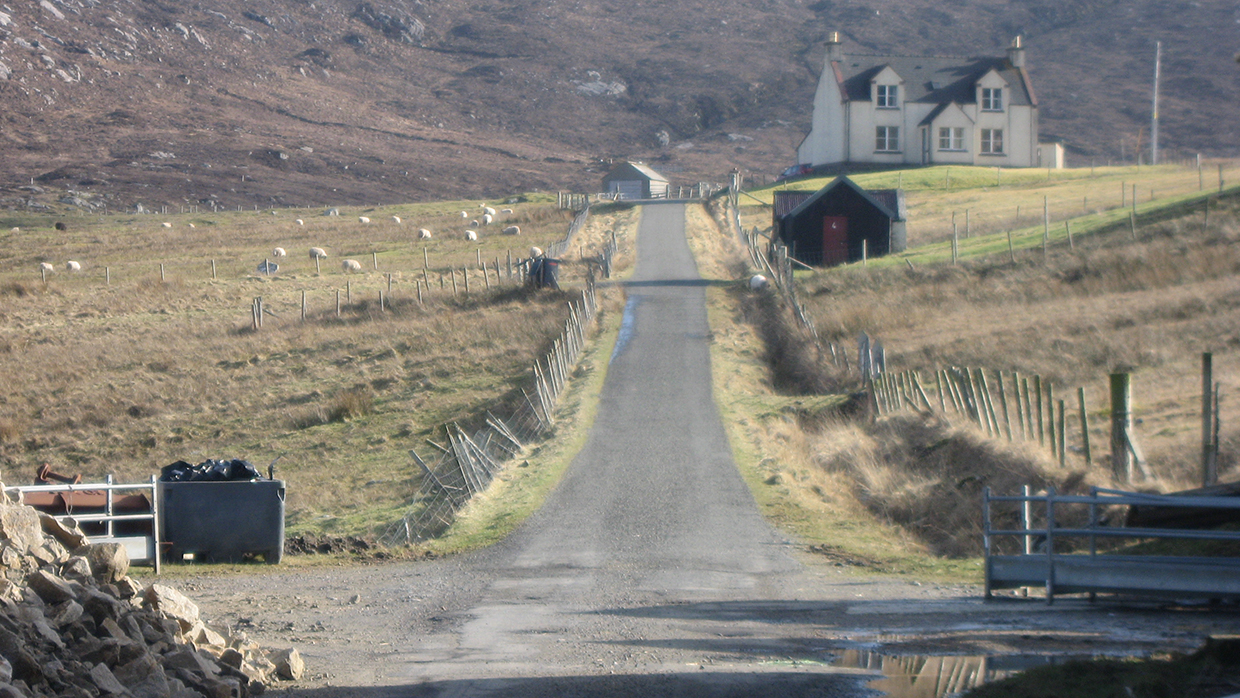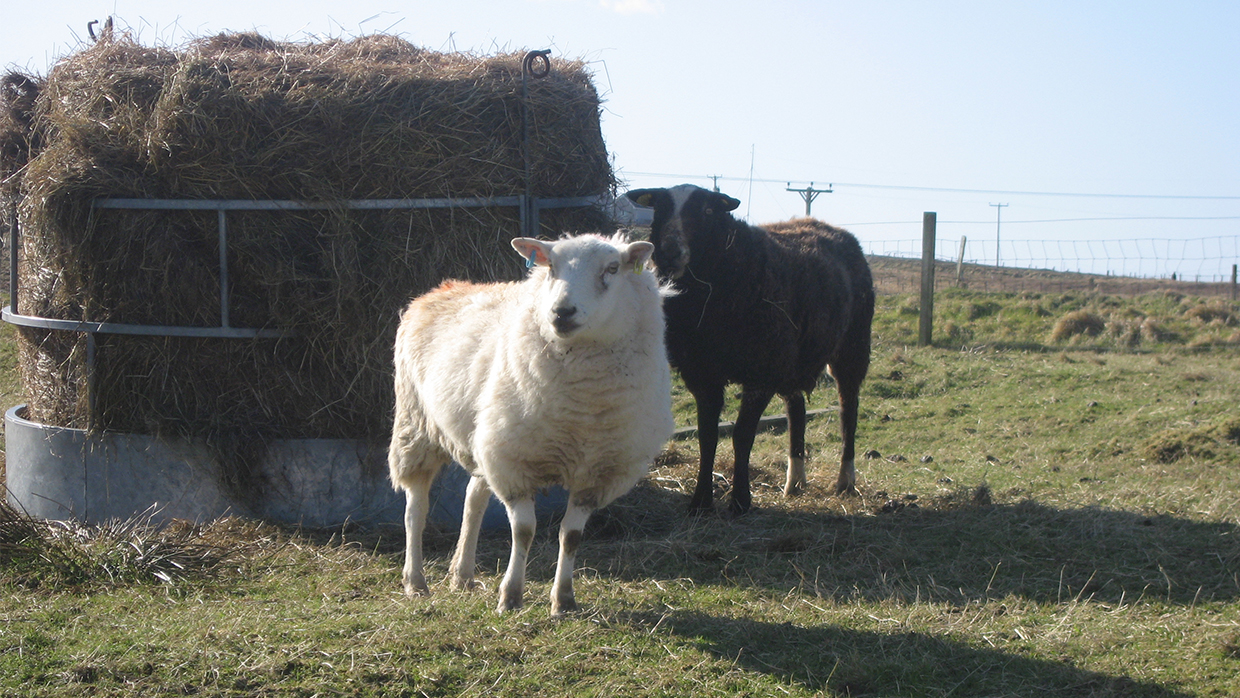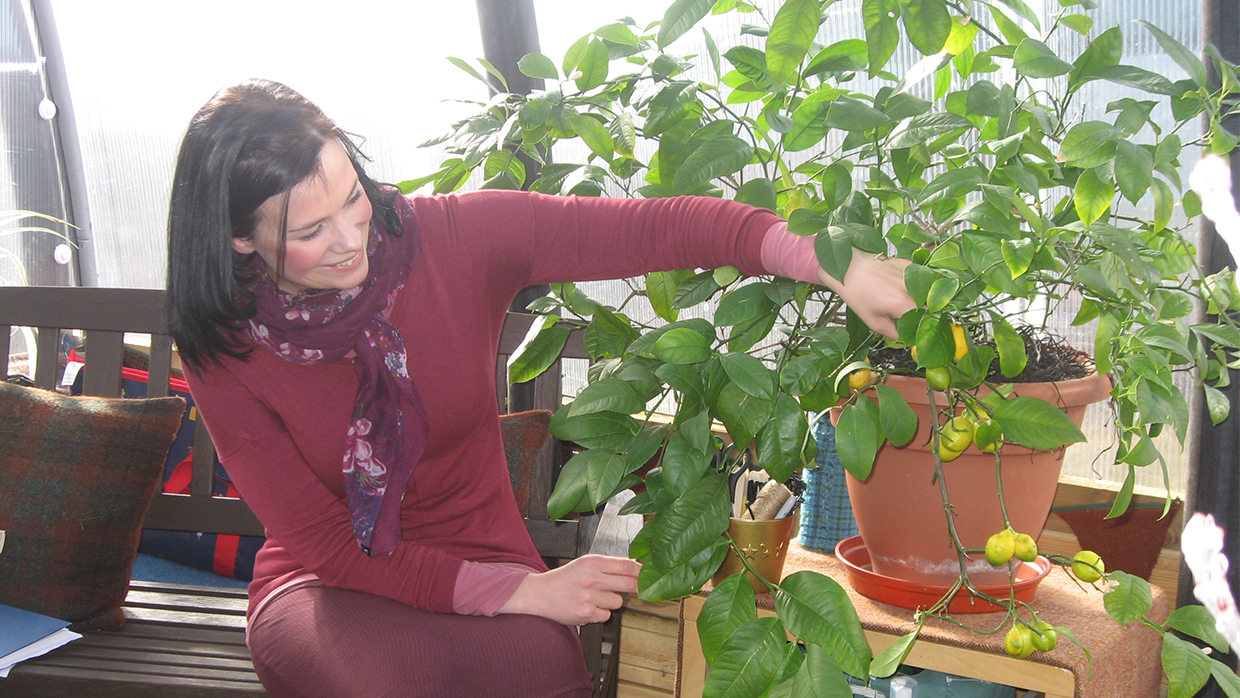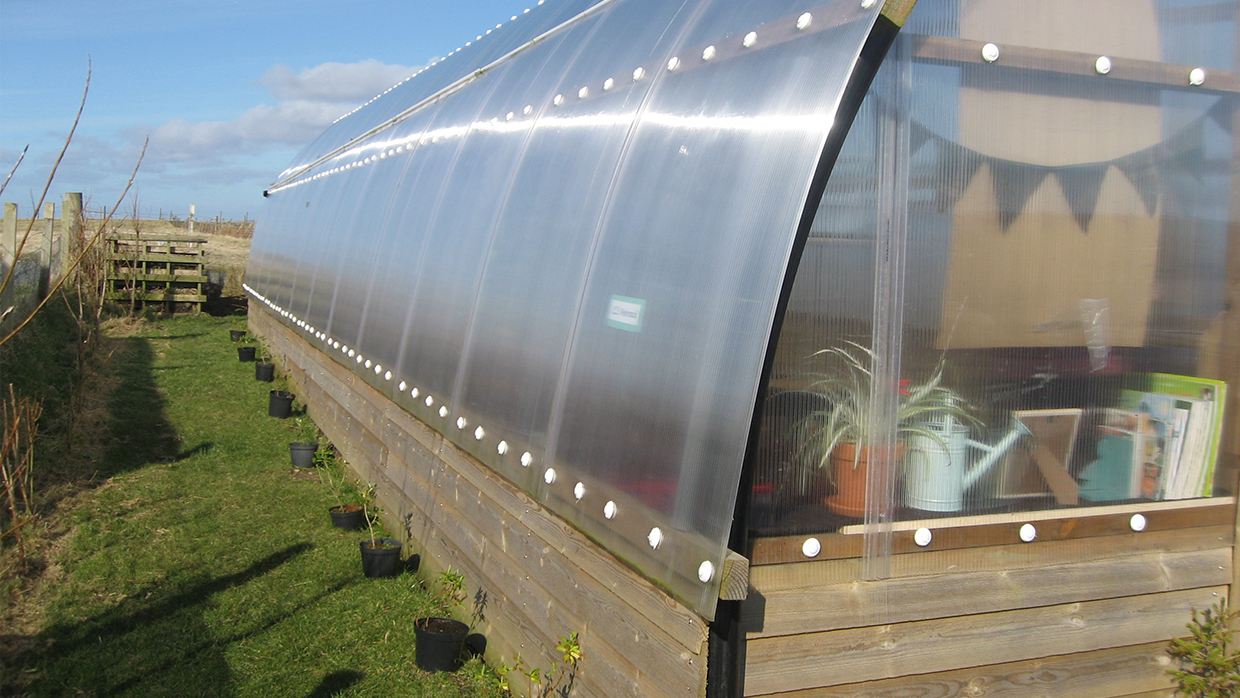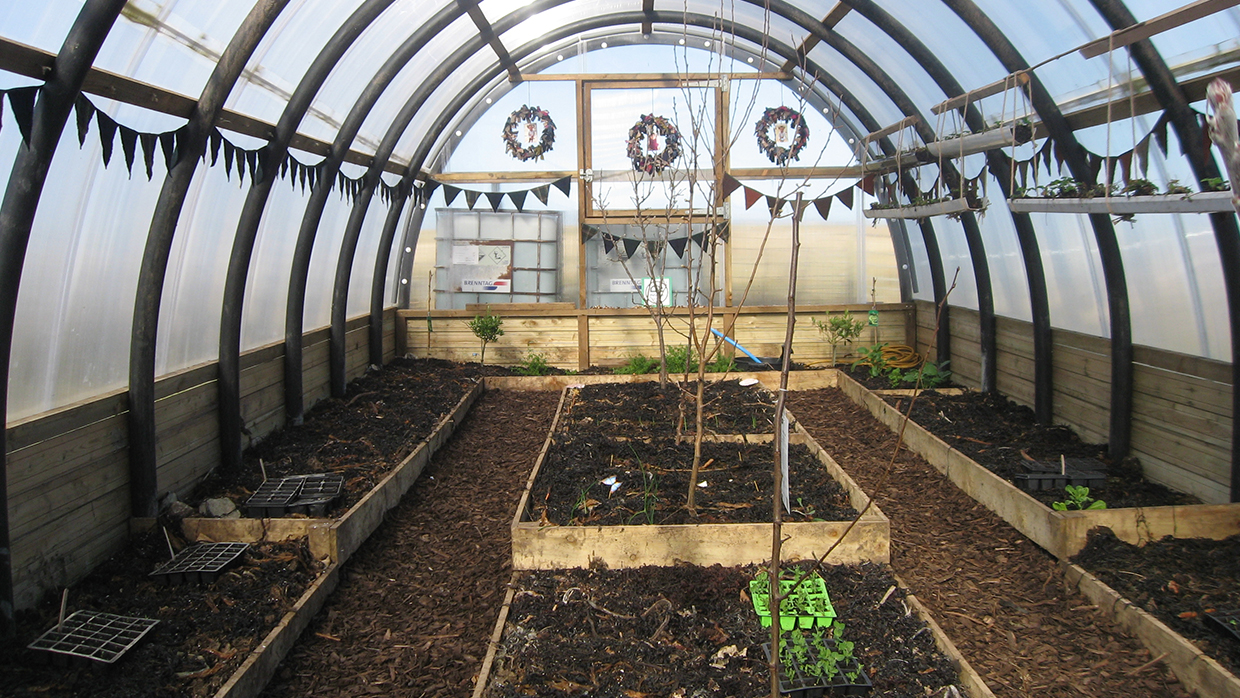It is said that the further away you travel from power, the more self-reliant you become; and that is certainly true of the island of Lewis and Harris. Living here, nearly 700 miles distant from London, this close-knit community works together for the benefit of all. Rooted in agriculture and rural skills, they are marrying the old with the new, adopting modern techniques to keep their history alive and kicking.
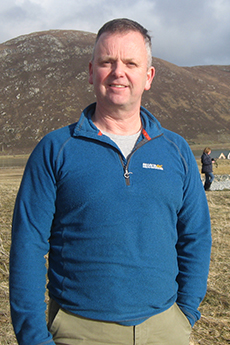
Iain Riddell is a crofter and head of business consulting at SAC
“Old houses are being brought back to life on the crofts and that’s really important,” explains Iain Riddell – a crofter himself and head of business consulting at SAC; part of the Scottish Rural Agricultural College. “People want to come back and croft here like their families did.”
So what exactly is crofting? An ancient form of land tenure in the Highlands and Islands of Scotland, crofts are small agricultural units located on large estates with the tenancy typically handed down through family generations. There are around 17,000 crofts in Scotland, at an average size of 5ha. Most crofts are part of a township and tenants usually have access to large areas of common grazing, on which flocks and herds are ‘hefted’ – ie, when livestock know the grazing area without being fenced.
Over the years, tenants have abandoned their crofts and moved away, but now EU-funded crofting schemes are providing financial support to help crofts become more financially viable. And without such support both the farming and communities would be at threat, warns Mr Riddell. “Without crofting it would create a desert – it maintains the community.”
Strong community
Ness, on the northern island of Lewis, is a good example of how strong the community links are. Here, the local residents clubbed together to buy the 22,260ha Galson Estate and put it into a community-owned charitable Trust to support sustainable regeneration of the area. More than 400 local businesses operate on the estate, including a community school, sports centre, social club, shop, museum, and three wind turbines which provide power to the several thousand local houses.
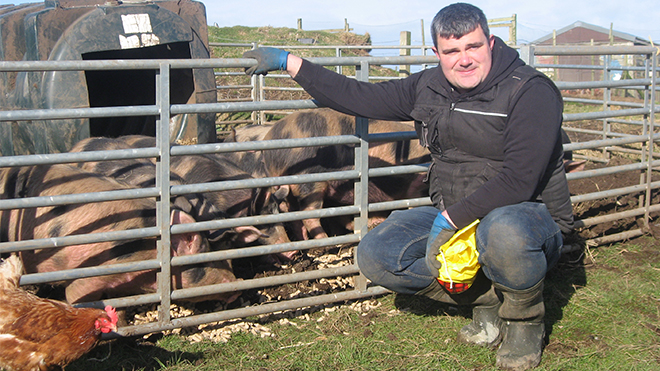
At 36 years of age, Donald Macsween has 100 sheep, three Highland cows with calves, four sows and one boar plus final fattening animals and 500 to 600 laying hens.
“We’re very self-sufficient here – I think it’s in the mindset of people to work together,” explains Donald Macsween, who runs three crofts averaging 2.8ha each and has access to 22,672ha of common grazing. His family croft is 25m wide and 0.9 miles long, encompassing a mix of machair land (a rare, fertile, low lying grassy plain) and heavier peat – the idea being that each croft gets a similar tongue of land.
Although there are 23 crofts in the area, only four or five are active – and this has enabled Mr Macsween to grow his enterprises across a larger area. He is one of the few full-time crofters on the island – most have a full-time job as well as managing their land. At the age of 36, Mr Macsween now has 100 sheep, three Highland cows and followers, four sows and a boar plus finishers, and 500-600 laying hens.
We’re very self-sufficient here – I think it’s in the mindset of people to work together
Donald Macsween
Everyone helps out to gather and handle livestock when needed – for example at shearing time. “My 75-year old neighbour wouldn’t have sheep if I didn’t do what I do… we all have to work together.”
In a bid to make the unit profitable, Mr Macsween sells as much of his produce direct as possible: Eggs go to local independent shops, restaurants and hotels, Hebridean and Shetland sheep are slaughtered locally and sold through butchers or as meat boxes, and even the wool is now being spun by local businesses into premium value Harris Tweed.
Polycrubs
Mr Macsween is using the crofting grants to improve the viability of his land: He has invested in a polycrub – a robust greenhouse which has been adapted for livestock use. Designed and made in Shetland, polycrubs are based on disused plastic tubing from fish farms. The U-shaped tubes are concreted into the ground and the frame then clad with polycarbonate sheets, making for a polytunnel that’s robust enough to cope with this extreme climate and winds of up to 120mph.
The 12m ridge allows plenty of headroom, while opening windows provide ventilation on warmer days. The aim is to lamb indoors, and Mr Macsween plans to buy another two polycrubs in which to store machinery and keep pigs. Ultimately, he wants to erect a larger livestock shed, but needs to save the money first – at that point he will then re-clad the polycrubs in transparent sheets and use them as greenhouses.

Polycrubs are robust greenhouses which can be adapted for livestock use.
Vegetables …
Further south, on the wild yet beautiful coast next to little Stornoway airport, that’s exactly what Karen Macleod is using her polycrub for. At the family’s aptly named ‘Allwynds’ croft she grows all manner of fruit and vegetables, including exotic fruits like olives, lemons and grapes.
“We’re completely off-grid, but I can provide my family with at least six months’ of organic fruit and vegetables,” she says. “There are no food miles, and it’s better for the environment. People are wanting more local food, and to know where it comes from.”
I can provide my family with at least six months’ of organic fruit and vegetables.
Karen Macleod
Mrs Macleod has adopted a no-dig system to preserve the natural soil structure and biota, makes her own compost, and covers the soil with local seaweed mulch to keep weeds down and the soil moist. She co-grows herbs and flowers for pest control – with everything grown from seed – and makes her own fermented and preserved food and drink from any surplus. “I don’t think we’ll ever make lots of money selling veg, but it is enjoyable and shows that a croft is not just for sheep.”
Caribbean in the UK
Tourism is a big deal on the island – which is no surprise given the stunning white beaches and clear seas which look more like the Caribbean than the UK. Towards the south-western tip of mountainous Harris, Angus Mackay has used the grant schemes to establish five-star holiday lets – but he’s also investing in his livestock. “We got a 60% grant to build a new cattle shed so we can bring them inside for the winter,” he explains. “Because of climate change it’s just getting too wet to keep them out.”
Mr Mackay has nine pedigree Angus cows plus calves and around 350 Scottish Blackface and crossbred sheep; numbers have dropped sharply in recent decades due to changes in farm support payments and labour. “We used to take 1,000 ewes and 75 cattle by boat to the common grazing on nearby Taransay Island but labour is very difficult to get; 25 years ago there were 10 crofters, now there are only four,” he says. “But there are a lot of young folk coming back – if there wasn’t any money they wouldn’t come.”
Keep the tradition
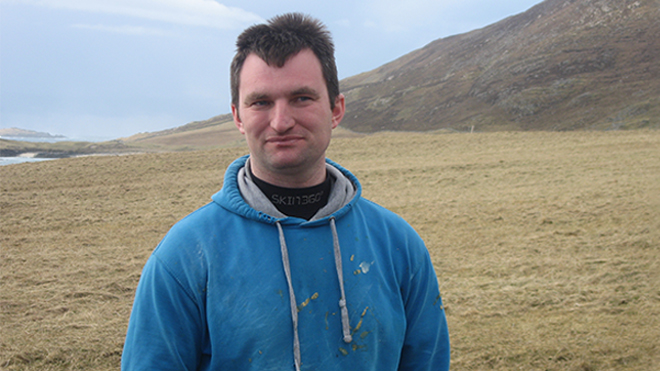
Kenny Mackay took over his own Croft in 2011.
Kenny Mackay is one such youngster: Although his parents have a croft near Northton, in southern Harris, he took on his own croft in 2011.
A full-time joiner by trade, at 29 he’s now looking at using the grant scheme to build his own house and join together with the other four active crofters to invest in a ‘fank’ or sheep handling facilities. With a croft of 8ha and access to 1,214ha of common grazing, he runs 140 Scottish Blackface ewes which lamb from 10 April.
The ewes and lambs are turned onto the common from 15 May, and are brought back for weaning in August. “The in-bye machair is managed for species rich grass, wetland and salt marsh, so it’s cleared of stock from 15 May to 15 August for nesting birds,” he explains. “We have big issues with sea eagles, golden eagles and ravens – we lose a good 20% of lambs to predation.”
Stornoway holds live auctions in August and September – with store sheep and cattle often heading to mainland Scotland for finishing on lower, better land. “It’s good to support your local market,” says Mr Mackay. “Crofting is kind of a hobby – all of the money you take out you put back in; we do it for the lifestyle and to keep the tradition going. Once you take the hefted livestock off these hills there’s no going back.”



